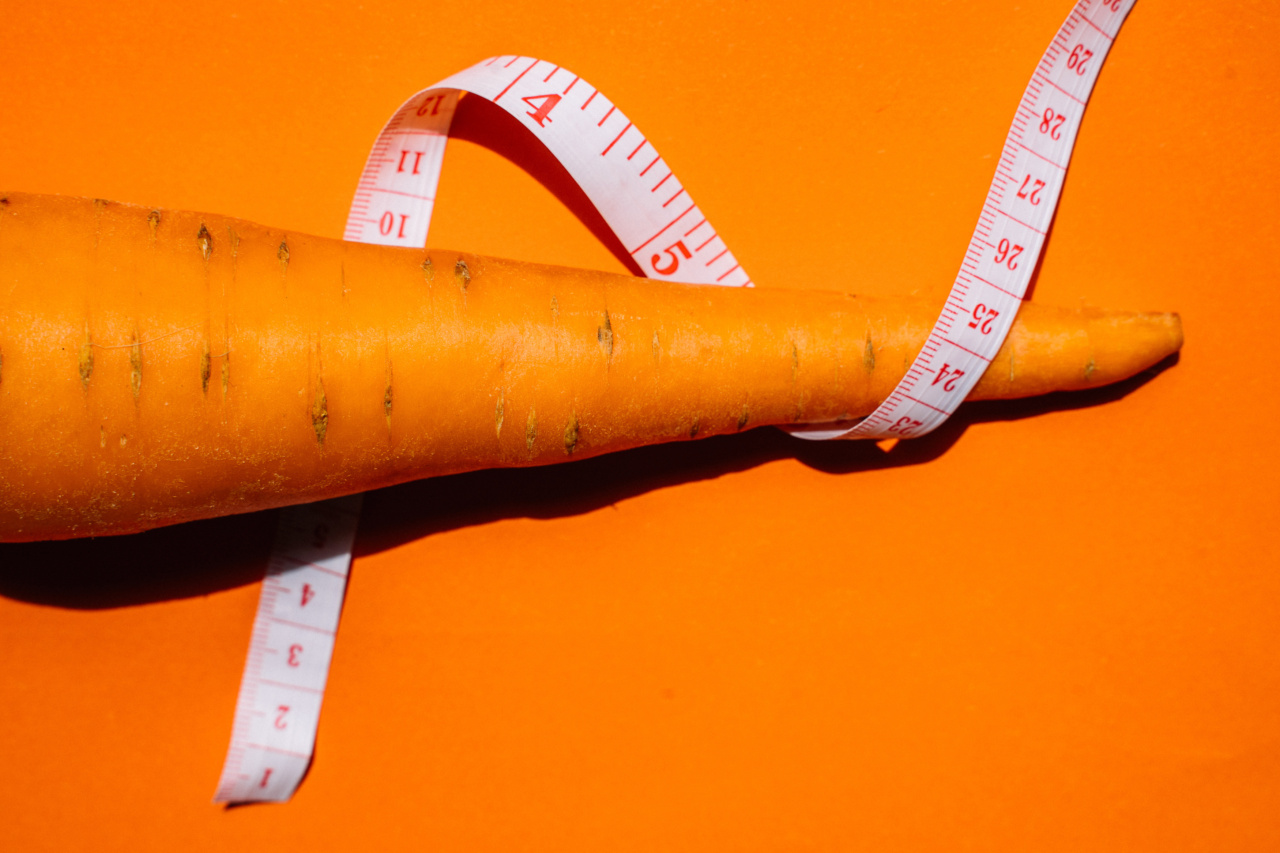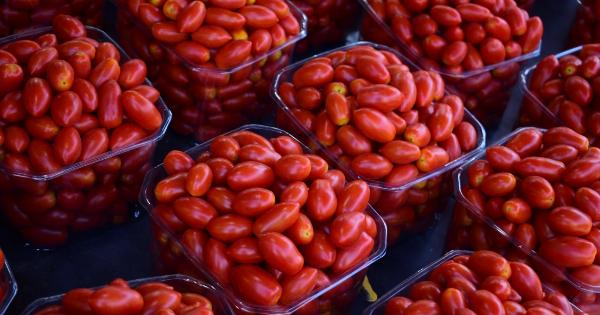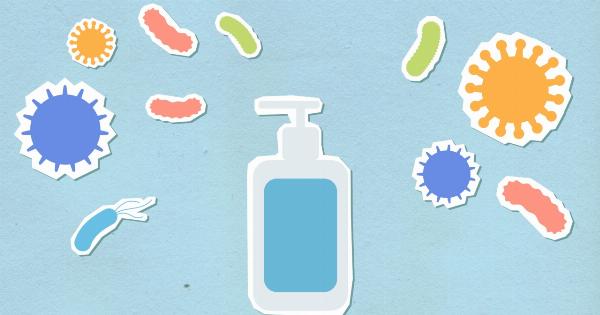The COVID-19 pandemic has affected every aspect of our lives, including the way we buy and prepare food. With the threat of the virus lingering in every corner, it’s important to ensure that the vegetables we consume are free from contamination.
It’s here that vegetable disinfection comes in as a necessary measure.
Understanding the Importance of Vegetable Disinfection
Vegetable disinfection is important because it reduces the risk of contracting water-borne illnesses such as cholera, typhoid fever, hepatitis, and other bacterial infections.
Vegetables and fruits are constantly exposed to contaminants such as pesticides, bacteria, and viruses during the cultivation and transportation process. These contaminants can be transferred to humans and cause severe illnesses.
Vegetable disinfection is a preventative measure that neutralizes any contaminants that may be present on the surface of the produce.
How to Disinfect Vegetables Effectively?
There are different methods for disinfecting vegetables, each applicable to different kinds of vegetables:.
1. Washing with Water
One of the most straightforward methods of disinfecting vegetables is by washing them with water. This method is ideal for vegetables that have a smooth surface, such as tomatoes, cucumbers, and zucchinis.
To wash vegetables, you need to:.
- Put the vegetables in a colander.
- Rinse them under running water.
- Use a clean vegetable brush to scrub off any dirt or debris.
Drying the vegetables after washing is also essential to prevent the growth of bacteria.
2. Soaking in Vinegar
Vinegar has antibacterial properties that make it ideal for disinfecting vegetables that have rough surfaces, such as broccoli, cauliflower, and lettuce.
Vinegar effectively kills bacteria, pesticides, and other contaminants present on the surface of the vegetables.
To disinfect vegetables with vinegar, you need to:.
- Mix one cup of vinegar with three cups of water.
- Soak the vegetables in the mixture for ten minutes.
- Rinse the vegetables with water and dry them off.
3. Using Chemical Disinfectants
Chemical disinfectants such as bleach, hydrogen peroxide, and iodine solutions are effective in eliminating contaminants on the surface of vegetables.
To disinfect vegetables with chemical disinfectants:.
- Mix the disinfectant with water following the instructions on the label.
- Soak the vegetables in the solution for the recommended time.
- Rinse the vegetables with water and dry them off.
Precautions to Take When Disinfecting Vegetables
Disinfecting vegetables comes with some precautions that must be taken to ensure the vegetables are not only safe but also healthy to eat:.
1. Read the Washing Instructions Carefully
Vegetables come with washing instructions that must be followed to the letter. Washing instructions are important because some vegetables such as mushrooms and strawberries cannot be washed with water as they may absorb water and become soggy.
2. Use Recommended Disinfectants
Even though chemical disinfectants are highly effective in eliminating contaminants in vegetables, they come with some risks.
It is, therefore, important to use recommended disinfectants for each vegetable and follow the recommended proportions for maximum effectiveness.
3. Store Vegetables Correctly
After disinfecting vegetables, it’s essential to store them correctly to prevent any recontamination. Store the vegetables in a clean and dry place away from exposure to sunlight and moisture.
Conclusion
Vegetable disinfection is an essential measure that everyone must take to ensure they remain safe and healthy.
Disinfecting vegetables is a simple process that requires simple and readily available items such as vinegar, water, and a clean vegetable brush. By following the instructions for each method, you can reduce the risk of contamination and also ensure that the vegetables remain fresh and healthy.































